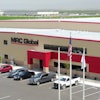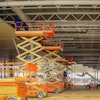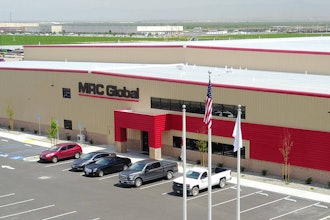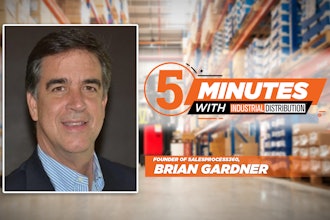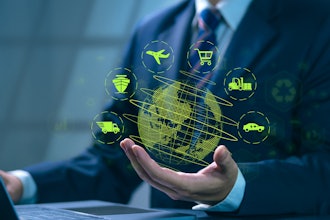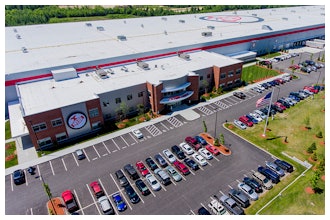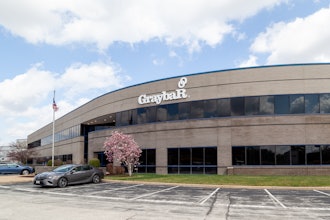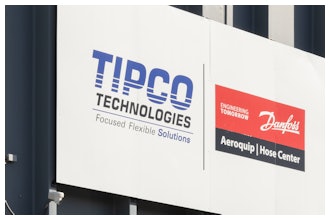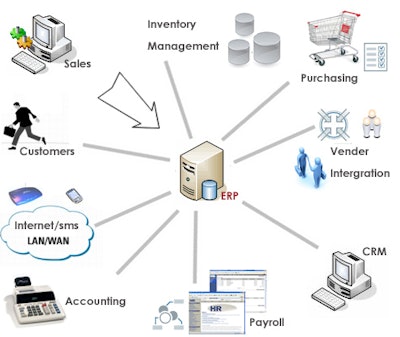
Today's editorial is Part 2 of a 2 Part series by Andy Vabulas, CEO and Owner of I.B.I.S., Inc.& Brent Grover from Evergreen Consulting. Part one discussed how distributors have postponed ERP investments during the recession, creating a pent-up demand for new software. In the article, Vabulas and Grover noted that "the cloud," "big data," and high level of adoption rates - by consumers and businesses - are drastically changing technologie's effect on how we do business. To read the full article, click here. In today's Part 2, they disuss what effects technology is specifically having on Enterprise Resource Planning (ERP)software.
The Effect on ERP
Andy Vabulas |
Last week’s e-newsletter discussed the new technologies that affect wholesale distributors, including the cloud, big data and adoption rates of social media and mobile computing. Understandably, these have a significant impact on executives’ decisions to update or replace their ERP systems as the business environment improves.
The fusion of information technology and telecommunications is making some exciting and disruptive changes possible in wholesale distribution:
- The organizational structure is evolving as the distributor’s network becomes the organization. The ERP system must be seamlessly integrated with the network.
- Distribution is a talent business, in which 40 to 65 percent of the gross margin dollars are paid out in compensation and benefits. The ERP system and network become the way distributors manage their talent. Systems track where people are, what they are doing, which customers to charge for their time, and more.
- Of the distribution asset base, 70 to 80 percent is inventory and receivables. These are “smart assets” tracked by data analytics, procurement card systems, electronic fund transfers, RFID, warehouse management systems and so on. The ERP system and network become the way distributors manage their assets.
- Distributors are (finally) learning how to get paid for value-added services; the systems enable businesses to monitor, measure and get paid for use of time and assets. Technology also makes possible a multi-sided business model in which distributors control the revenue streams from and to customers, suppliers and third parties (such as logistics providers) for rebates, contractual cost support, incentive payments and pay-for-use services.
Brent Grover
- The wireless systems, sensors and networks require increased computer power and faster, almost ubiquitous digital communications.
All of these changes require special consideration when selecting a new ERP system. Fortunately, there is a plethora of advice—free and otherwise—to assist wholesale distributors in their ERP selection processes. These include articles and downloadable white papers to software selection websites like www.2020software.com and special interest groups on social networks like LinkedIn. Furthermore, there are a number of suppliers who specialize in implementation for the distribution industry to help the process go smoothly.
With a new ERP system in place, distributors will be better prepared to adapt to evolving technologies, and they’ll be better positioned to achieve operational success. Keep an eye out for more big technological advancements, which are sure to come.

